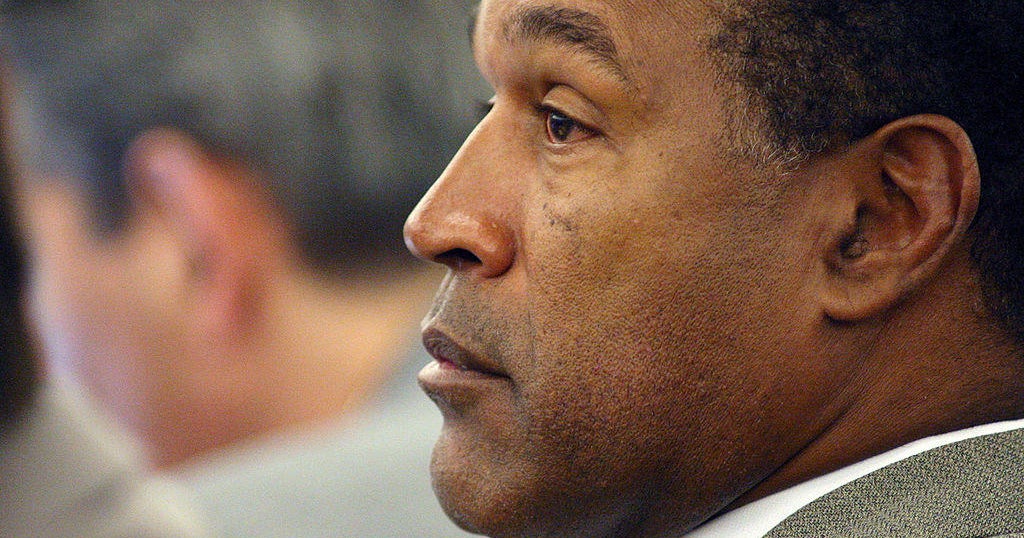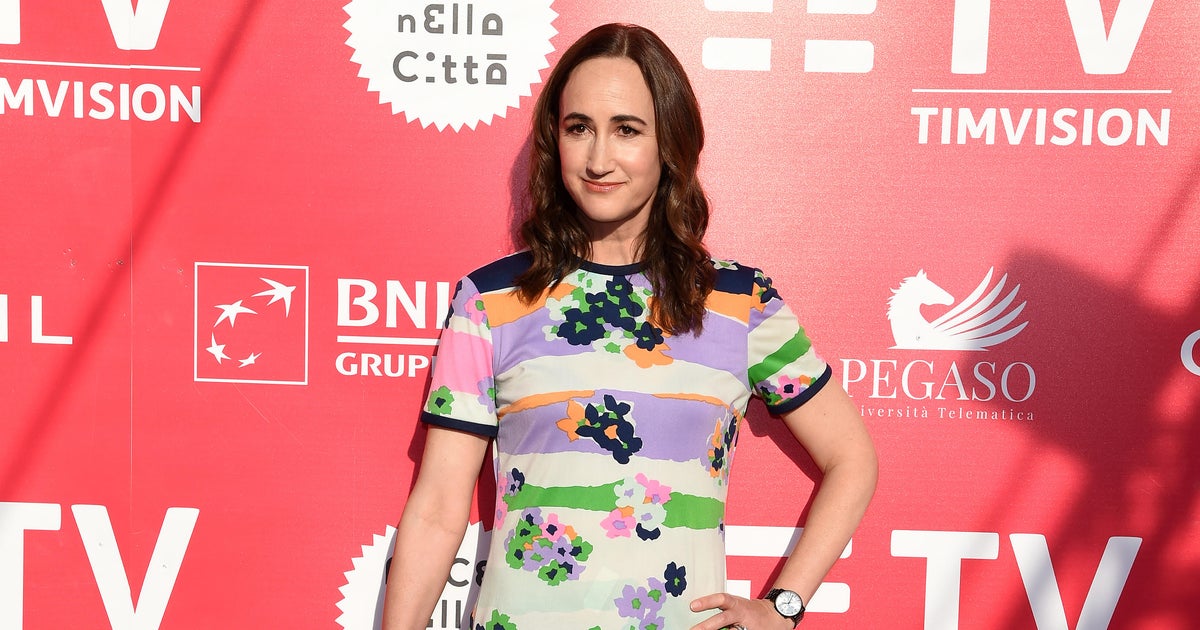Artificial intelligence program aims to help doctors more accurately diagnose breast cancer
A team at Google has developed an artificial intelligence program aimed at helping doctors accurately detect cancer in mammograms. Thousands of women receive a false negative on their breast cancer tests each year, while one in 10 receive a false positive.
Shravya Shetty, who heads the Google team developing the system, told CBS News' Jamie Yuccas that their AI model reduced false positives by almost 6% and false negatives by about 9%. Shetty also claimed that it caught suspicious tissues on mammograms missed by the human eye.
Interventional radiologist Dr. Susan Drossman predicted that the AI program would be integrated into her and other doctors' work stations "probably within the next year."
"Mammograms are still the gold standard, they decrease mortality by 40%, but they have limitations" Drossman told "CBS This Morning." "Those of us who are expert imagers know that in dense breasts, mammography does not do the whole job. We need additional help, so ultrasound or MRI is often used."
Drossman said that a computer-assisted system helps "boost accuracy" by helping draw the eye to "particular regions."
"Mammography is very much pattern-based. There are certain patterns that we look at, either an area of speculation or calcifications, and those we know need to be biopsied. So with an AI system, it is trained to look at patterns, and the more it's used the better it learns," Drossman said.
Despite having regular mammograms and new technology, Drossman said that self-breast exams, or as she calls them, "breast self-awareness," are still important, especially in the 40- to 55-year-old range where women are recommended to begin regular mammograms.
"Knowing the texture, the density, the contour of the breast, your own personal breast, is really helpful in being able to be your own advocate," she said. "Because between mammographies, or when there is a dense breast with a false negative, if you can say 'Hey, I feel something,' it's very important to do."
Drossman said male breast cancer cases accounts for less than 1% of all breast cancer diagnoses, but cases are usually more advanced. She explained that men should look out for "a firm, non-tender lump behind the nipple."



